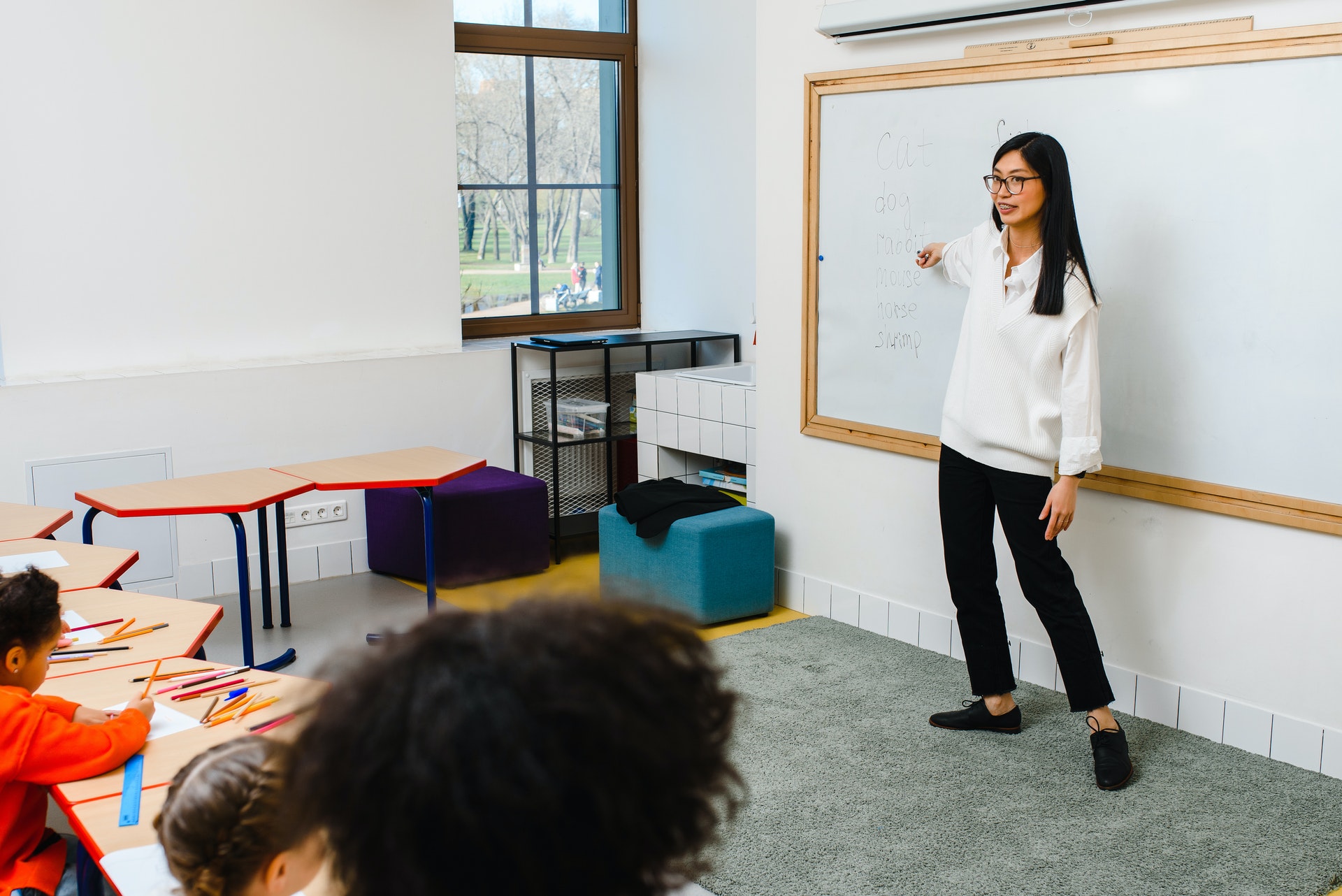
DESPITE the growing Asian community in California and nationwide, the Golden State does not have enough accredited Asian-language teachers and instructors, statewide officials say.
For the 2020-2021 school year, almost 1,200 accreditations for bilingual instructors were confirmed by the California Dept. of Education (CDOE), but only 93 of those accreditations were for Asian-language instructors.
California lawmakers and community leaders are calling for a one-time $5 million funding package to address what they described as a shortage in accredited Asian-language teachers.
Advocates for the Asian American community say that this shortage of dual-immersion language instructors puts immigrant children — who could learn English simultaneously with their native language — at a disadvantage.
“We must address the shortage of accredited Asian-language teachers,” said Connie Chung Joe, CEO of Asian Americans Advancing Justice – Los Angeles said in a press conference on Monday, June 6. “Access to dual-immersion language programs [isn’t] keeping up with demand. It’s unacceptable when Vietnamese and Mandarin were the second and third most spoken languages in K-12 public schools. Yet only 4 teachers were accredited to teach Vietnamese and 58 to teach Mandarin.”
Other than Spanish, Vietnamese and Chinese are the most commonly spoken non-English languages across the state. And with the growing Asian population in California and nationwide, the pool of immigrant students enrolling in California public schools is also increasing, which signals a demand for a multilingual teaching force.
California State Sen. Richard Pan (D-Sacramento), who chairs the state’s Asian American and Pacific Islander Legislative Caucus, is introducing the program to the Legislature. During the press conference, Pan acknowledged the API Equity Budget, the comprehensive $166.5 million spending package passed last year that funds stronger tracking and prevention of anti-Asian hate crimes.
However, anti-Asian bias and harassment should go beyond that.
Recalling his own experience as an elementary school student who could only speak Mandarin, Pan said that, like so many ESL students, he would have developed more confidence and progress with a bilingual teacher. He added that the linguistic barrier that puts immigrant children at a great disadvantage also negatively affects their mental health.
“We need to be sure that every child, no matter what language they speak at home, and how they got here, has the opportunity to get an outstanding education — and that not only benefits that child; it benefits the whole state,” Pan said.
In addition to helping immigrant children thrive in the classroom, the program could also help native English speakers learn a second language and, more importantly, help them understand other cultures — which, given the rise in anti-Asian attacks in recent years, could be critical, advocates say.
Victoria Dominguez, policy director at Advancing Justice – Los Angeles, said that there is a psychological component to introducing multilingual studies at a young age, saying that “when we are exposed to other communities, other cultures, and other languages, literally, our brain rewires in a different way that allows us to be more empathetic.
The spending package, if passed, would be invested into the California State Universities’ Asian Bilingual Education Program Consortium, a group representing 10 campuses in the CSU system, to increase the number of bilingual teachers in six East and Southeast Asian languages: Cantonese, Hmong, Japanese, Korean, Mandarin, and Vietnamese. (Tagalog and other Filipino dialects, as well as Central and South Asian languages were not mentioned during the briefing.)
Fernando Rodríguez-Valls, a professor of secondary education who works at the consortium at Cal State Fullerton, noted that classes being offered to bilingual teachers to better support their diverse classrooms do not come with financial aid as of yet. The fee for the two classes required are around $2,500 on average, classes that are designed specifically to prepare teachers on how to help students understand class materials in another language.
“It’s not just learning the languages; it’s learning mathematics in Khmer. It’s learning science in Korean, learning history in Vietnamese. And in order to accomplish that, we need teachers who are qualified,” Rodríguez-Valls said. (By Klarize Medenilla/AJPress)








